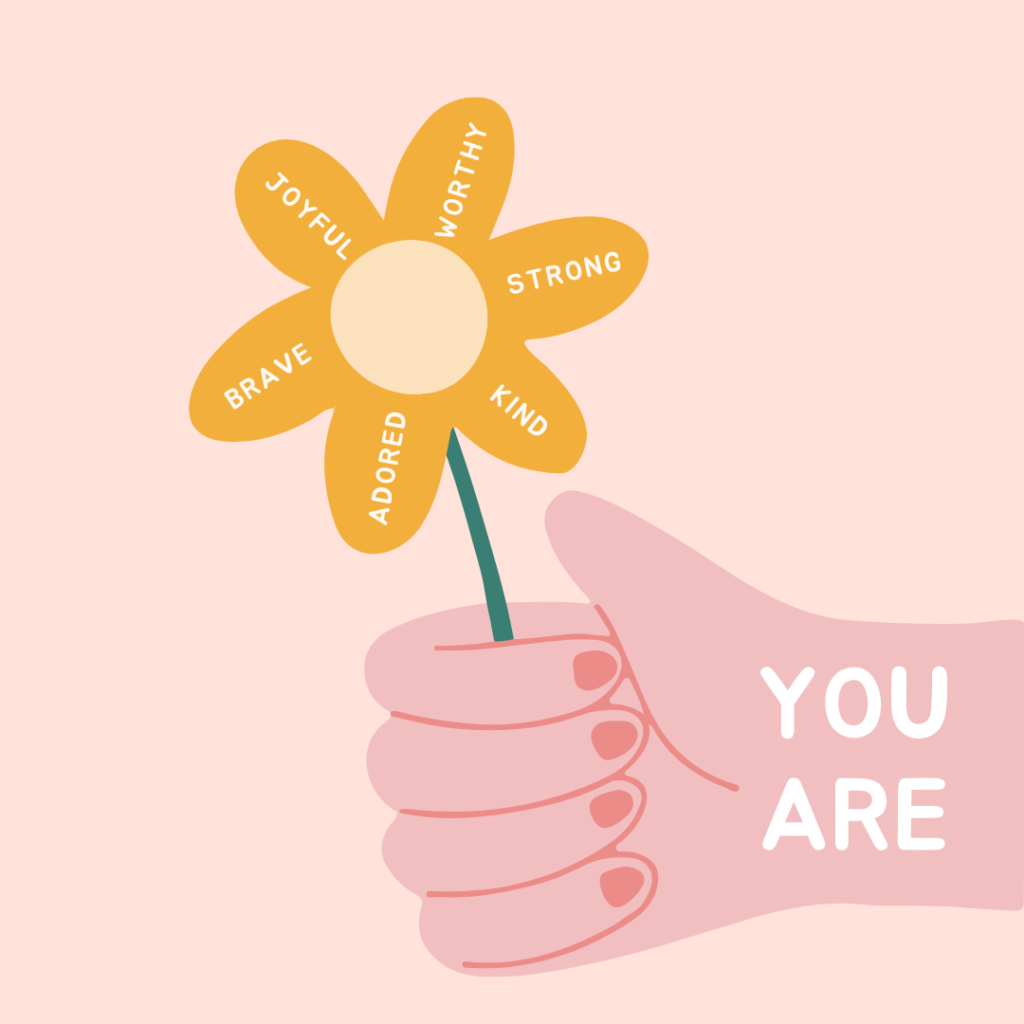Imagine a subtle, often unconscious, anxiety that whispers: “It’s not good enough.” This whisper can grow into a roar, a debilitating fear that paralyzes you, preventing you from starting, finishing, or even enjoying tasks because they might not be flawless. This profound and often irrational fear of not being good enough, of making mistakes, or of being imperfect is known as Atelophobia. Far more than just a desire for excellence, it’s a specific phobia that can silently sabotage potential, relationships, and peace of mind. This blog will take a deep dive into Atelophobia (Fear of Imperfection), exploring what this condition truly entails, its common causes, and its far-reaching impacts on personal well-being, professional life, and relationships. We’ll clarify how it differs from healthy perfectionism, and most importantly, provide actionable strategies and compassionate tips to cope with and ultimately overcome this paralyzing fear, guiding you towards greater self-acceptance and freedom.
Relevant blog to read: What Are Core Values and Why Are They Essential in Life
Beyond Perfectionism: What is Atelophobia (Fear of Imperfection)?
While many strive for excellence, and healthy perfectionism can be a powerful motivator, Atelophobia crosses the line into a debilitating anxiety disorder. It’s characterized by an intense, irrational, and persistent fear of being imperfect or of not meeting one’s own (often impossible) standards.
Key characteristics and symptoms include:
- Intense Anxiety: Experiencing significant distress, panic attacks, or extreme nervousness when faced with tasks where perfection might be expected or perceived as unattainable.
- Avoidance: Procrastinating, delaying, or completely avoiding tasks, projects, or situations for fear of making mistakes or not being good enough.
- Excessive Self-Criticism: A constant, harsh inner voice that relentlessly points out perceived flaws or shortcomings, even in the absence of actual errors.
- Difficulty Completing Tasks: Getting stuck in a loop of endless revisions or analysis paralysis, unable to deem anything “finished.”
- Fear of Judgment: An overwhelming dread of being judged, criticized, or rejected by others due to perceived imperfections.
- Physical Symptoms: Manifesting as physical anxiety responses such as a racing heart, sweating, trembling, nausea, or shortness of breath.
- Low Self-Esteem: A pervasive feeling of inadequacy, unworthiness, or never being truly “enough.”
How it Differs from Healthy Perfectionism:
- Healthy Perfectionism: Driven by a desire for excellence, personal growth, and satisfaction from high-quality work. It motivates and inspires.
- Atelophobia: Driven by an irrational fear of making mistakes and the catastrophic consequences imagined. It paralyzes, creates immense distress, and leads to inaction or burnout.
The Seeds of Self-Doubt: What Causes Atelophobia?
The roots of Atelophobia are often complex and can stem from a combination of factors:
- Childhood Experiences: Growing up in environments with excessively high expectations, harsh criticism for mistakes, or a lack of unconditional love. Children may learn that love or acceptance is conditional on flawless performance.
- Traumatic Events Related to Perceived Failure: A past experience where a perceived mistake led to significant negative consequences, public humiliation, or intense punishment.
- Societal & Cultural Pressures: The relentless pursuit of perfection fueled by curated social media highlight reels, competitive academic or professional cultures, and idealized portrayals of success.
- Underlying Anxiety Disorders: Atelophobia can co-occur with or be exacerbated by other conditions like General Anxiety Disorder (GAD), Social Anxiety Disorder, or Obsessive-Compulsive Disorder (OCD) tendencies.
- Neurological Factors: Some individuals may have a biological predisposition to anxiety or a highly active fear response in the brain.
The Invisible Chains: How Atelophobia Impacts Your Life
The consequences of living with Atelophobia can be profoundly limiting, extending into every facet of an individual’s existence:
- Personal Well-being: Leads to chronic anxiety, persistent stress, and a heightened risk of burnout and depression. The constant self-criticism erodes self-worth and inner peace.
- Relationships: The fear of imperfection can lead to social withdrawal, difficulty forming deep connections (fearing judgment), and issues with trust. Individuals may avoid showing their true selves, impacting authenticity.
- Work & Productivity: A significant barrier to professional growth. It manifests as severe procrastination (fear of starting), analysis paralysis (unable to decide due to seeking perfection), missed opportunities (fear of not being able to do it perfectly), and underperformance (due to anxiety and inaction).
- Decision-Making: Individuals become highly indecisive, spending excessive time weighing every option and potential flaw, often resulting in no decision being made. This parallels traits of decision fatigue.
- Emotional Stagnation: The constant fear prevents taking risks, trying new things, and stepping outside comfort zones, stifling personal growth and new experiences.
Breaking Free: Strategies to Cope with and Overcome Atelophobia
Overcoming Atelophobia is a journey of self-compassion and gradual behavioral change. It requires challenging deeply ingrained fears and embracing the inherent beauty of imperfection.
1. Acknowledge & Externalize the Fear:
- How to: When the fear arises, acknowledge it without judgment. Say, “I notice my Atelophobia is present right now.” Visualize it as a separate entity (e.g., a small, nagging voice) rather than identifying with it.
- Why it helps: Creates distance from the fear, reducing its overwhelming power.
2. Practice Radical Self-Compassion:
- How to: Treat yourself with the same kindness, understanding, and patience you would offer a beloved friend who made a mistake or felt inadequate. Use a compassionate inner voice.
- Why it helps: Directly counters the harsh inner critic, fostering self-acceptance and emotional healing.
3. Embrace “Good Enough” (Satisficing):
- How to: For low-stakes tasks, deliberately aim for “good enough” rather than perfection. For bigger tasks, consciously set a “done by” date and stick to it, even if imperfect.
- Why it helps: Breaks the cycle of endless revision and procrastination, allowing for completion and a sense of progress.
4. Challenge Catastrophic Thinking:
- How to: When you fear a mistake, ask: “What’s the absolute worst that could realistically happen?” “If that happened, how would I cope?” “What’s the most likely outcome?”
- Why it helps: Rationalizes disproportionate fears, revealing that perceived failures are rarely catastrophic.
5. Focus on Effort, Not Just Outcome:
- How to: Shift your internal validation from flawless results to the effort, learning, and courage involved in the process.
- Why it helps: Builds resilience and intrinsic motivation, reducing the pressure of external expectations.
6. Deliberately Make Small, Harmless Mistakes:
- How to: Intentionally do something imperfect in a low-stakes scenario (e.g., leaving one unwashed dish, sending a text with a typo). Observe that the world doesn’t end.
- Why it helps: Desensitizes you to the fear of imperfection, proving that mistakes are manageable.
7. Set Realistic Expectations:
- How to: Honestly assess what’s achievable given your time, resources, and energy. Avoid comparing yourself to unrealistic ideals or others’ curated highlight reels.
- Why it helps: Reduces the gap between expectation and reality, lessening frustration and self-judgment.
8. Mindfulness & Grounding Techniques:
- How it helps: Practices like mindful breathing or the 5-4-3-2-1 technique can help you observe anxious thoughts and sensations without judgment, grounding you in the present moment.
- Why it helps: Provides a pause, reduces the intensity of fear, and helps you respond thoughtfully.
9. Build a Supportive Environment:
- How it helps: Surround yourself with individuals who offer unconditional acceptance and constructive feedback, rather than harsh criticism.
- Why it helps: Fosters a sense of safety and belonging, countering the fear of judgment.
When to Seek Professional Help for Atelophobia
While self-help strategies are powerful, Atelophobia can be deeply ingrained and debilitating. Consider seeking professional help if:
- The fear significantly impacts your daily life (work, relationships, social activities).
- It leads to severe anxiety, panic attacks, or symptoms of depression.
- You find yourself consistently avoiding situations or opportunities due to fear of imperfection.
- Self-help strategies alone are insufficient to manage the symptoms.
A therapist specializing in anxiety disorders (e.g., through Cognitive Behavioral Therapy or Exposure Therapy) can provide tailored tools and support.
Final Thoughts: Embracing Your Magnificent Imperfection
The journey to overcome Atelophobia (Fear of Imperfection) is a profound act of liberation. It’s about recognizing that perfection is an unattainable and often paralyzing myth. By acknowledging your fears, practicing radical self-compassion, and bravely taking imperfect action, you dismantle the invisible chains that hold you back. Embrace your magnificent imperfection, for it is in our unique quirks, our human fallibility, and our courage to try despite the possibility of error, that our true beauty, strength, and authenticity reside. Unshackle your potential, and allow yourself the freedom to simply be – perfectly, wonderfully, imperfectly you.
Frequently Asked Questions
A. No. Perfectionism is a drive for high standards. Atelophobia is an intense, irrational fear of not being perfect or of making mistakes, leading to distress and avoidance.
A. Extreme procrastination, constant self-criticism, difficulty finishing tasks, fear of judgment, and physical anxiety symptoms (e.g., racing heart) related to perceived imperfection.
A. Yes. Chronic anxiety and the stress from living with Atelophobia can increase the risk of depression, burnout, and exacerbate other anxiety disorders.
A. Offer unconditional acceptance, encourage effort over outcome, avoid overly critical language, validate their feelings without fueling their fear, and gently encourage small, imperfect steps. Suggest professional help if their fear is debilitating.
A. With consistent practice of self-compassion and behavioral strategies, often aided by professional therapy (like CBT), individuals can significantly reduce their fear of imperfection and live a much more fulfilling life. Complete “cure” means learning to accept imperfection.
Author’s note
Thank you for taking the time to focus on your well-being and for being your own cheerleader in this journey called life. I truly appreciate you for choosing to invest in yourself today, and I’m honored that you spent a part of your day here. Remember, every small step you take matters, and you’re doing an amazing job. Keep going—you’ve got this!






One Comment